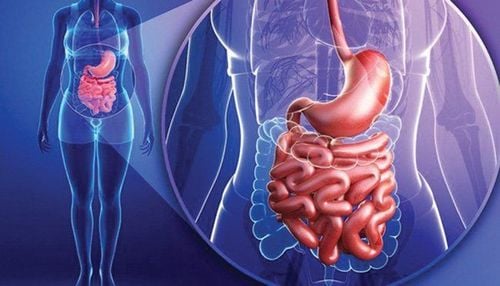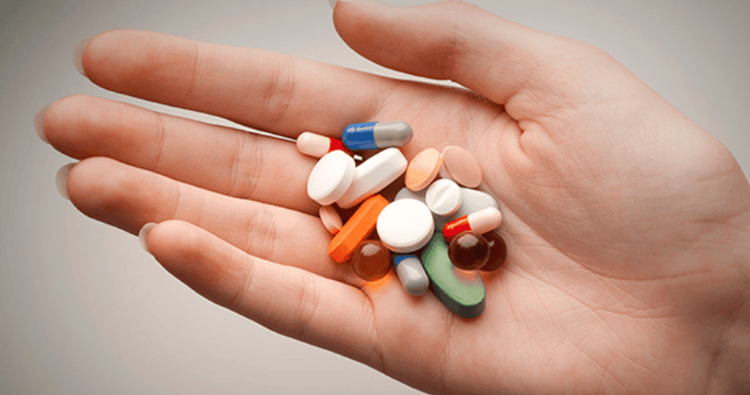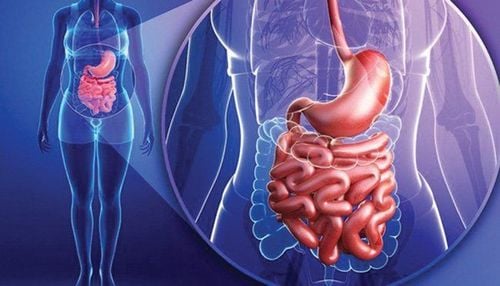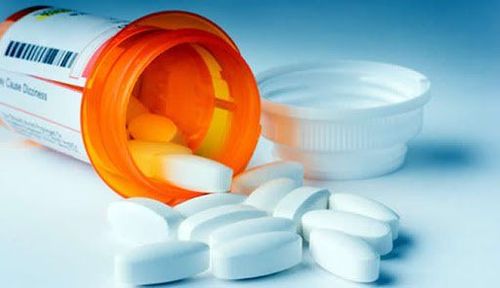This is an automatically translated article.
Article by Dr. Nguyen Khanh Hoa - Vinmec Stem Cell Research Institute and Gene Technology.Endogenous GLP-1 is rapidly processed by DPP4 in the gastrointestinal tract, resulting in very low blood levels of the active form GLP-1. This raises the question of how gut-derived GLP-1 can activate enough GLP-1 receptors in distant tissues to achieve its physiological function., 2011; Mulvihill et al. Encodes the GLP-1 prohormone, preproglucagon, which is also present in extraintestinal tissues.
Recent studies using the tissue-specific response of preproglucagon have allowed a more careful examination of this issue. In the gut, reactivation of preproglucagon had little effect on overall glucose tolerance, while in the pancreas it resulted in the reversal of glucose uptake observed in preproglucagon null mice. More importantly, the ability of GLP-1 receptor blockade to reduce glucose tolerance was absent in both systemic reactivated and reactivated mice. However, when preproglucagon was reactivated in the pancreas, responsiveness to GLP-1 receptor blockade was restored. Together with other observations these data indicate that a major source of endogenous GLP-1 is from the pancreas rather than the intestine. Despite the fact that the majority of circulating GLP-1 is largely derived from the gut, it is not an important effector in at least some tissues. In addition, recent data suggest that pancreatic glucagon may activate GLP-1 receptors to increase insulin secretion. This has two important implications. First, it implies that the effects of GLP-1 agonists may not actually mimic the effects of GLP-1 as an intestinal hormone. Instead, such agonists may engage the system in a manner that is quite distinct from GLP-1 in the circulation. Second, as discussed below, one strategy towards new therapies is to identify ways to activate enterocytes that produce GLP-1 and induce them to increase their secretion. If gut-derived GLP-1 is unimportant, this strategy may be less effective than initially thought.

Mặc dù, thực tế là phần lớn GLP-1 lưu hành phần lớn bắt nguồn từ ruột, nó không phải là tác nhân quan trọng trong ít nhất là một số mô
Another approach to enter the gut: Inhibition of intestinal peptide degradation as a strategic therapy: DPP4 inhibition
Intestinal peptides are often short-acting hormones because of their limited duration of action by rapid degradation, suggesting that inhibition of intestinal peptide degradation replaces therapeutics. An estimated >90% of GLP-1 secreted by L cells is degraded before it reaches the systemic circulation. DPP4, an enzyme present both on the surface of vascular endothelial cells and in the circulation, has been identified as the primary enzyme that degrades GLP-1, leading to the development of DPP4 inhibitors as an alternative. to exploit the therapeutic benefits of GLP-1. Ten DPP4 inhibitors are currently approved for the treatment of T2DM with several additional molecules being developed. DPP4 inhibitors have become an important component of diabetes therapy and are recommended as first-line therapy for a small subset of patients with T2DM. The pharmacological properties of these molecules, their clinical efficacy, safety and long-term results are remarkable. DPP4 inhibitors are excellently tolerated, show moderate glucose-lowering capacity, and are weight-neutral. Results of a large study performed for five DPP4 inhibitors to date, confirm safety, but show no significant benefit for cardiovascular complications. Furthermore, no signal for renal benefit was detected in a meta-analysis of outcome studies performed to date.Therapeutic profiles of DPP4 inhibitors differed significantly with respect to GLP-1 receptor agonists. First, the glucose-lowering effect mediated by DPP4 inhibitors is less than what can be achieved with GLP-1 derivatives. In addition, weight loss was not observed, gastrointestinal side effects such as nausea and vomiting were absent, and other GLP-1 receptor agonist-targeted effects such as increased heart rate and inhibition of cardiac output were observed. Gastric emptying is also not seen with DPP4 inhibitors. One likely explanation is an increase in GLP-1. DPP4 inhibitors are limited by the total amount of endogenous GLP-1. In humans, concentrations of DPP4 inhibitors that inhibit DPP4 >90% in the blood and maximize therapeutic benefit result in intact serum GLP-1 concentrations 15-30 pM after ingestion. This is significantly lower than the native concentration of 200 pM GLP-1 required for maximum pharmacological effect in the GLP-1 infusion study, and the equivalent amount of 50 pM GLP-1 has been estimated to be required to achieve a pharmacological effect.

Các chất ức chế DPP4 là loại thuốc có khả năng dung nạp tuyệt vời
Please follow the series on “Effects of the intestine in the treatment of metabolic diseases. Drugs and Future Prospects” by Dr. Nguyen Khanh Hoa:
Part 1: Effect of the gut in the treatment of metabolic diseases. Drugs and Future Prospects Part 2: Intestinal Peptide-Based Approaches Part 3: Other Enteric Peptides-Based Approaches Part 4: Is the gut really the primary source of enteric Peptides? Part 5: Activation of Nutritional Receptors in the Intestine as a Therapeutic Strategy Part 6: Brake Inhibition: Can Somatostatin Antagonists Be Useful for the Treatment of Diabetes?













